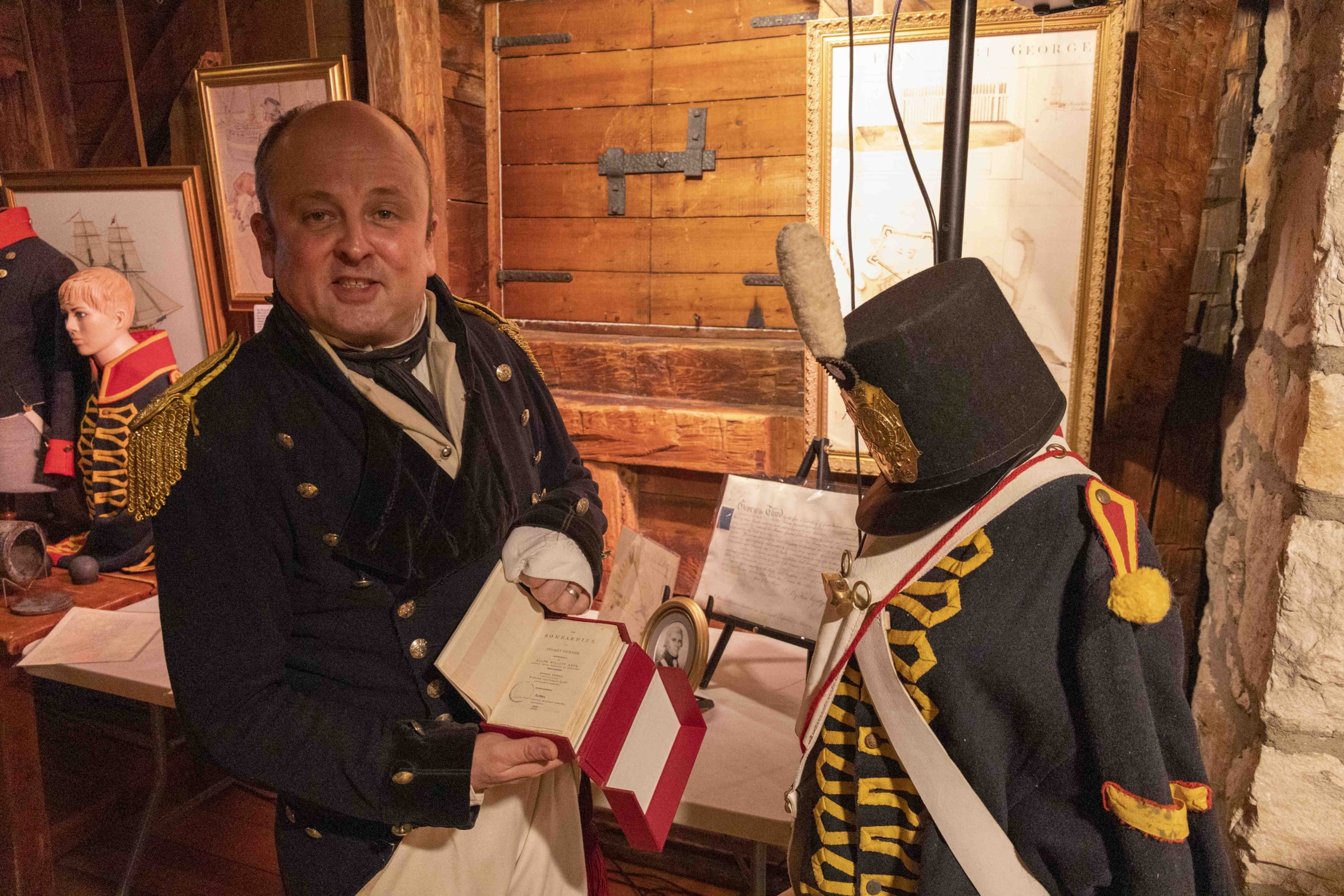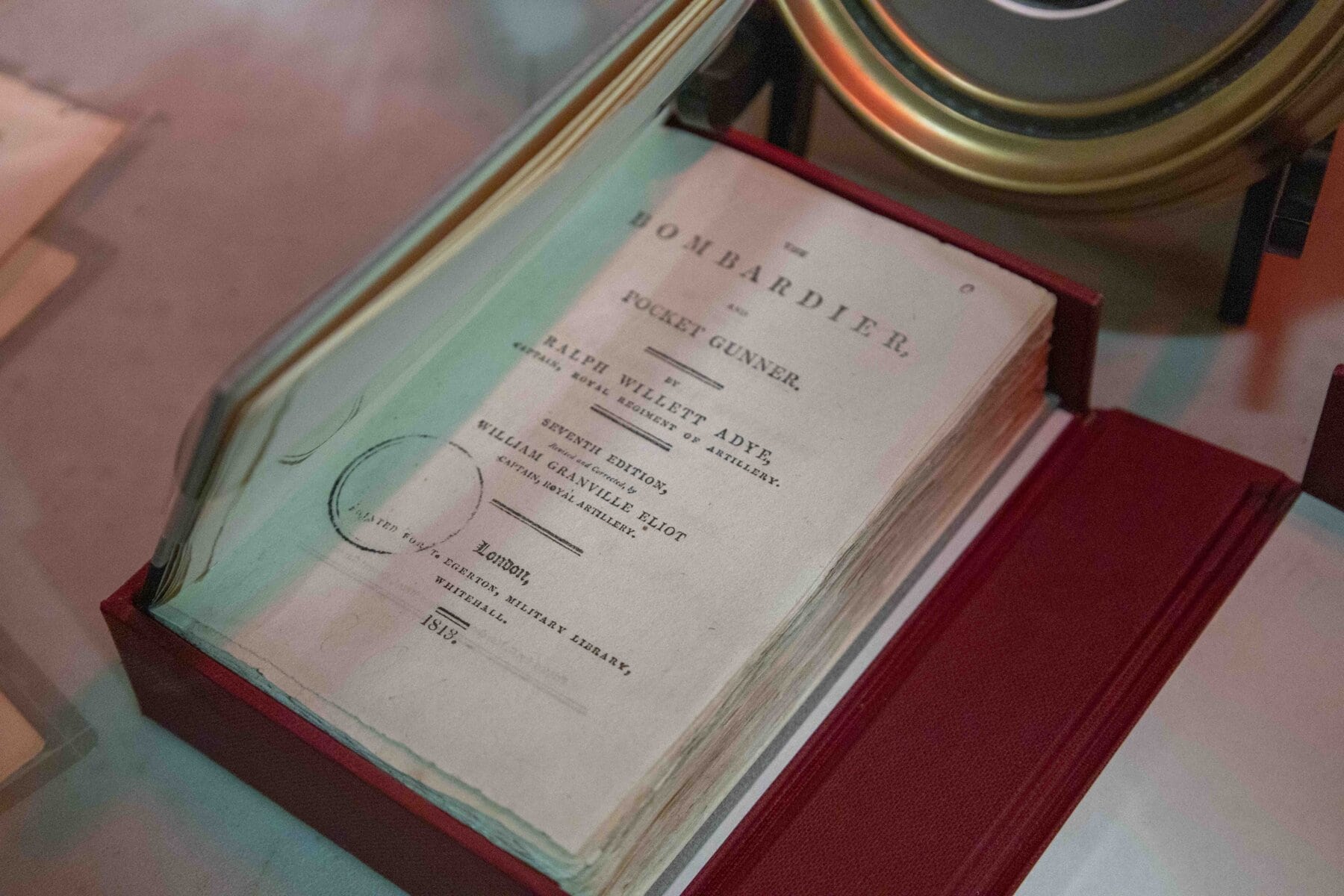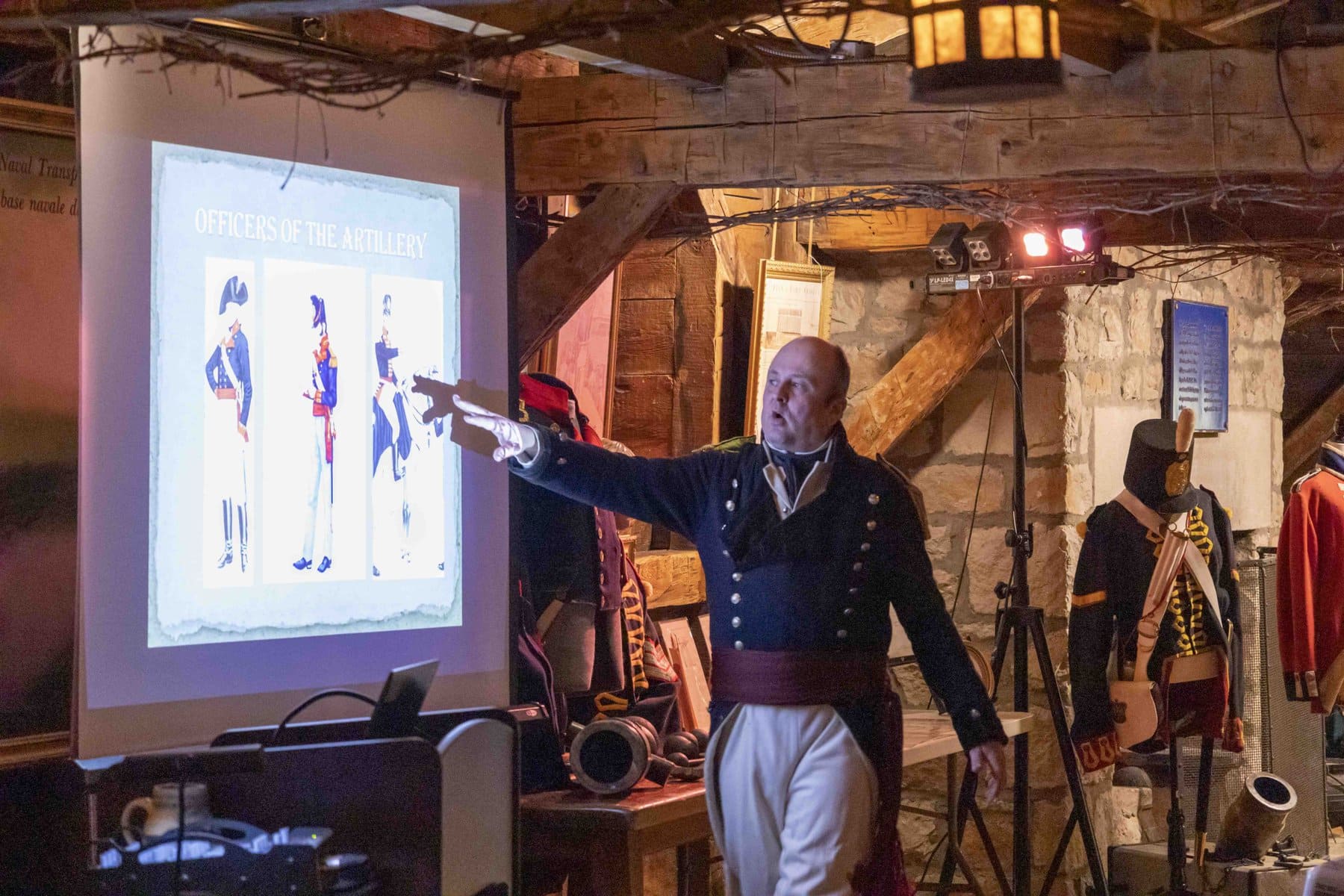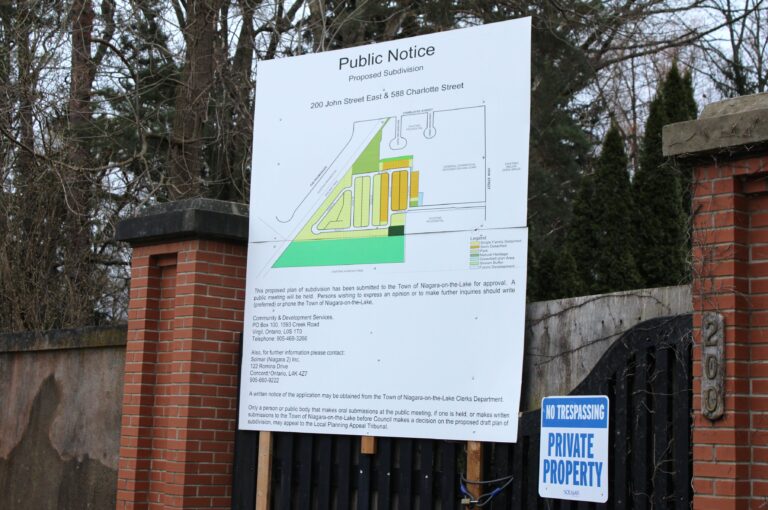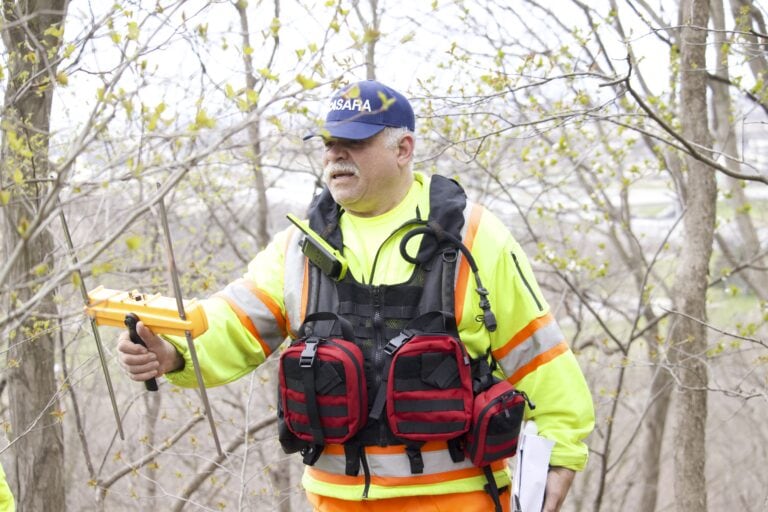Red wasn’t the only colour worn by the British army during the War of 1812.
While the British dressed in bright red uniforms, and still do, the Board of Ordnance switched it up for another colour – blue.
“On the British side, the second-most common colour was blue,” Parks Canada Peter Martin told The Lake Report during the third Fireside Friday at Navy Hall last week.
His presentation was titled ‘The British Army Gets the Blues.”
“After all, the royal colour of England is blue, right?” he added.
Actually, to wear blue was a huge honour.
“To get the prefix ‘royal’ attached to the title of your regiment meant, you were given permission to wear blue, and that had to be granted by the king,” said Martin.
Blue was also an expensive dye to manufacture.
Those who wore blue uniforms were part of the Board of Ordnance.
“It was almost a secondary army of the British military that had complete separate control,” said Martin.
The Board of Ordnance originates as far back as the 14th century but was abolished in 1855. It represented two distinct branches of the military – the Royal Engineers and the Royal Artillery.
“So, how I like to say it, is they are the people who build forts and the people who blew them up,” said Martin.
Martin’s enthusiasm for the subject was contagious, his voice filling Navy Hall. Guests were quiet as they took in his every word.
He was dressed as a major-general from the Royal Engineers in dark blue with black facings and white pants.
“It was a lot cooler to be in the Board of Ordnance as an artillery man or an engineer, because you actually got paid more money,” said Martin.
The board provided many materials to the British army and navy, including muskets, pistols and ammunition. The Royal Engineers were headed by a chief engineer.
The board was also responsible for the construction of barracks and forts. And the Royal Engineers oversaw the build of Fort George.
Martin engaged the audience with stories and read aloud quotes written by figures such as the Duke of Wellington, who was master general of the ordnance from 1819 to 1827.
“I think the story is about the actual people that were involved was the most interesting,” said St. Catharines resident Anita Millar.
It was Millar’s third Fireside Friday.
She thought some of the quotes Martin read aloud were fascinating, especially the ones with officers’ commentary during the time the buildings were falling down, she added.
Out of all the artifacts presented by Martin, he was most excited about an original “Bombardier and Pocket Gunner Handbook” from 1813.
It was a “little handbook that artillerists took into the field,” he said.
The copy Martin had at the presentation is not only the most famous edition, but it’s also rare, he said.
Within an hour, Martin educated his audience on the different colours worn throughout the war, the various ranks in the Royal Artillery and the Royal Engineers, and the roles each person played.
“It’s a topic that could be considered dry, but I tried to jazz it up to some interesting stories and artifacts as well,” said Martin.



